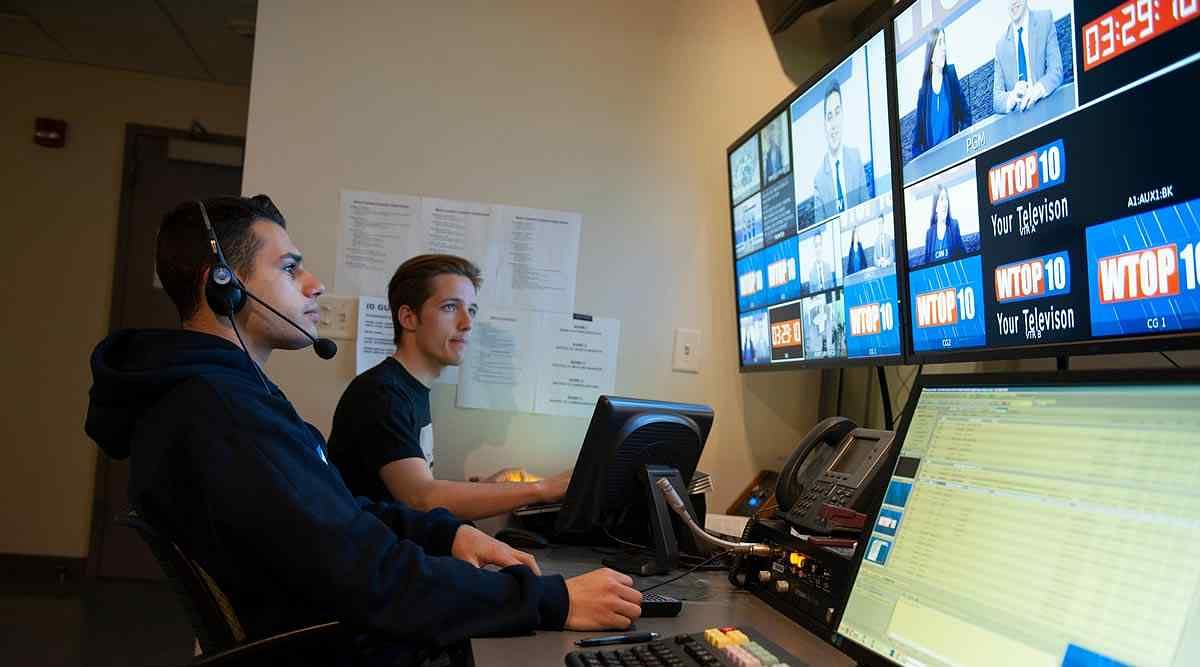
In today’s digital landscape, mass communication plays a pivotal role in shaping our perceptions, disseminating information, and influencing our behaviors on a massive scale. From traditional media outlets to the vast realm of social media, the methods of mass communication have evolved significantly, altering the way we interact, learn, and make decisions. In this article, we delve into the dynamic world of mass communication, exploring its various forms, its impact, and its role in the modern era.
Mass communication, in its various forms, has redefined the way we perceive the world, connect with others, and make decisions. Let’s explore how this influential force shapes our lives.
Introduction
Mass communication is the means by which information, ideas, and messages are disseminated to a large and diverse audience. It encompasses a wide range of platforms, from traditional media channels such as television, radio, and print, to modern digital platforms like social media, blogs, and podcasts.
Evolution of Mass Communication
The Pre-Digital Era: Traditional Media’s Dominance
Before the advent of digital technology, mass communication was primarily dominated by traditional media outlets. Newspapers, magazines, radio broadcasts, and television programs were the primary sources of information and entertainment.
The Digital Revolution: Rise of Social Media and Online Platforms
The digital age brought about a revolution in mass communication. The rise of the internet and social media platforms transformed the way we consume and share information. Social media channels like Facebook, Twitter, and Instagram allowed individuals to connect and communicate instantly, giving rise to user-generated content.
The Elements of Effective Mass Communication
Clear Messaging: Reaching the Audience with Clarity
Effective mass communication relies on clear and concise messaging. In a world inundated with information, capturing the audience’s attention requires messages that are easily understandable and memorable.
Audience Engagement: Fostering Interaction and Participation
Modern mass communication encourages audience engagement. Through likes, shares, comments, and retweets, individuals actively participate in the dissemination of content, making them integral to the process.
Visual Storytelling: The Power of Images and Videos
Visual elements such as images and videos enhance the impact of mass communication. Visual storytelling can evoke emotions, simplify complex ideas, and make messages more relatable.



